Author: Andreas Hegers, Ribbon Communications, Senior Director Global Marketing
Clearing the Fog of War
Since ancient times, information about the enemy has been one of the keys to warfare success. As late as the 19th century, Carrier Pigeons were the fastest, and often the only, reliable means of communication between outposts and headquarters. In today’s fast-changing battlefields, even a one-second information advantage can make a difference. In 1990, military decision makers realized that information dominance could be as decisive as firepower and started working on a doctrine that emphasizes the use of information technology and networked systems to enhance combat effectiveness, Network-Centric Warfare (NCW).
NCW is based on the idea that information superiority – the ability to collect, process, and share information faster and more accurately than an adversary – creates a decisive advantage. Overcoming the Fog of War (commanders’ historical lack of real-time battlefield visibility), increasing speed of command, targeting precision, and efficiency were among the key goals. A central tenet of this doctrine is that data must be treated as a weapons system: prioritize data fusion, persistence, and transport-agnostic delivery.
In real-life situations, the benefits of applying the NCW doctrine greatly surpassed the inherent challenges, such as cybersecurity risks, network reliability issues, and the complexity of integrating legacy systems.
From NCW to MDO to JADC2
Building on the NCW idea of information superiority and networked forces, in 2018 Multiple Domain Operations (MDO) was introduced. MDO expanded beyond NCW’s traditional domains (land, air, sea) to include space and cyber, adding cross-domain synergy to seamless coordination.
To make MDO executable at scale, the Joint All-Domain Command and Control (JADC2) strategy was defined to connect sensors, shooters, and decision-makers across all domains into a unified, AI-enabled network.
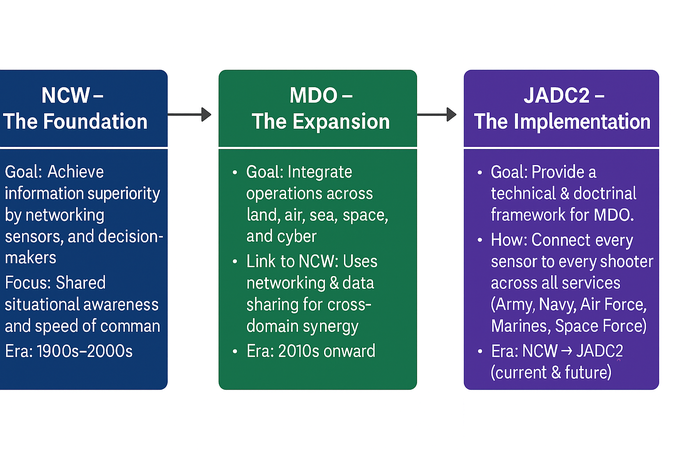
Each branch contributes to JADC2 through its own programs, such as US Navy’s Project Overmatch or the US Army’s Project Convergence. The latter includes testing tactical-edge C2 nodes and integrated all-domain capabilities for rapid decision-making.
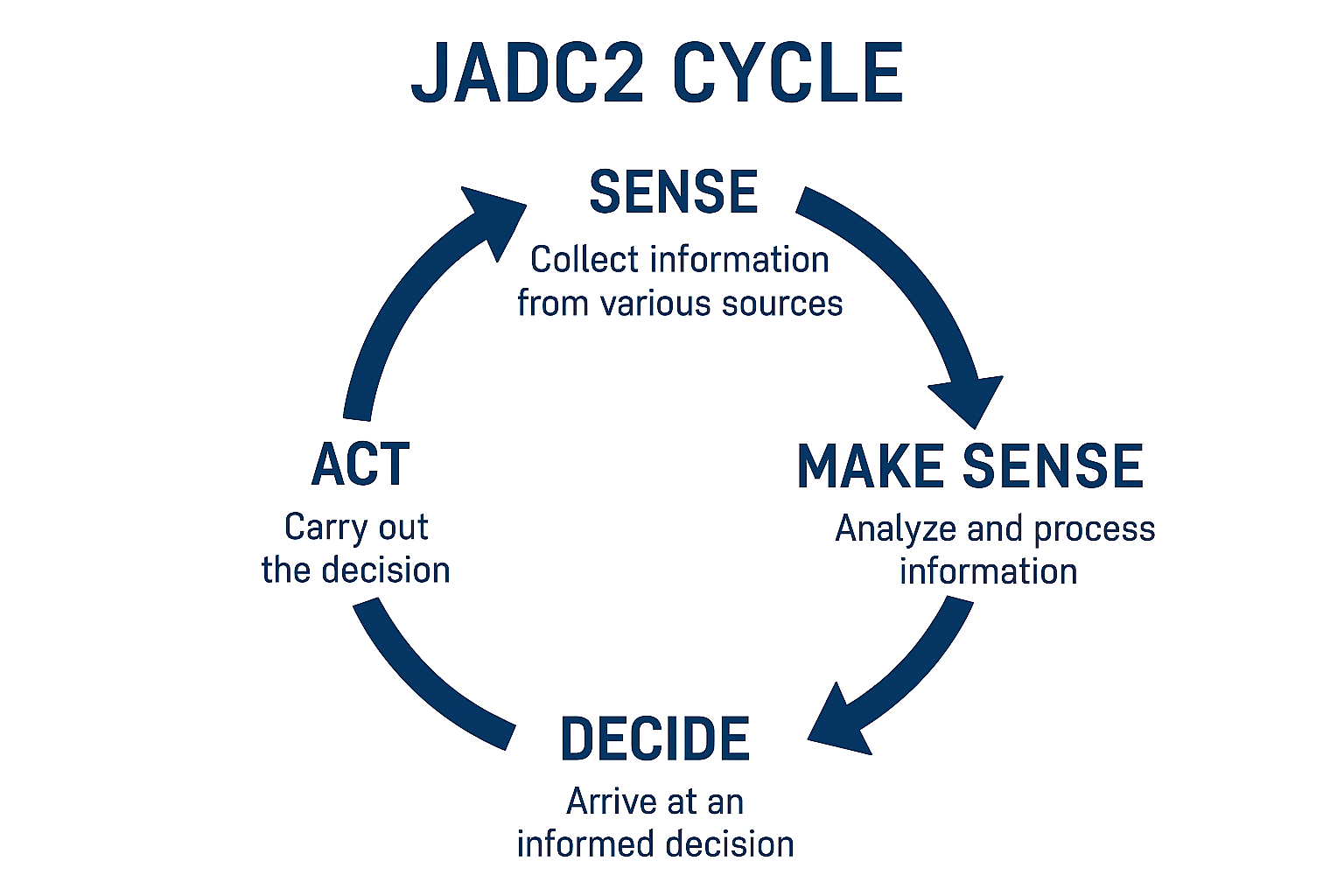
The goal: Enable the Joint Force to sense, make sense, and act faster than adversaries, even in contested environments. JADC2 is not just a tech upgrade – it’s a doctrinal shift to fight in a highly contested, multi-domain environment.
→ MDO expanded to multi-domain
→ JADC2 operationalizes
Networks Ready for JADC2
JADC2 relies on a secure and resilient common data fabric connecting JWCC (Joint Warfighting Cloud Capability) cloud and edge computing with AI/ML pipelines for fusion and targeting.
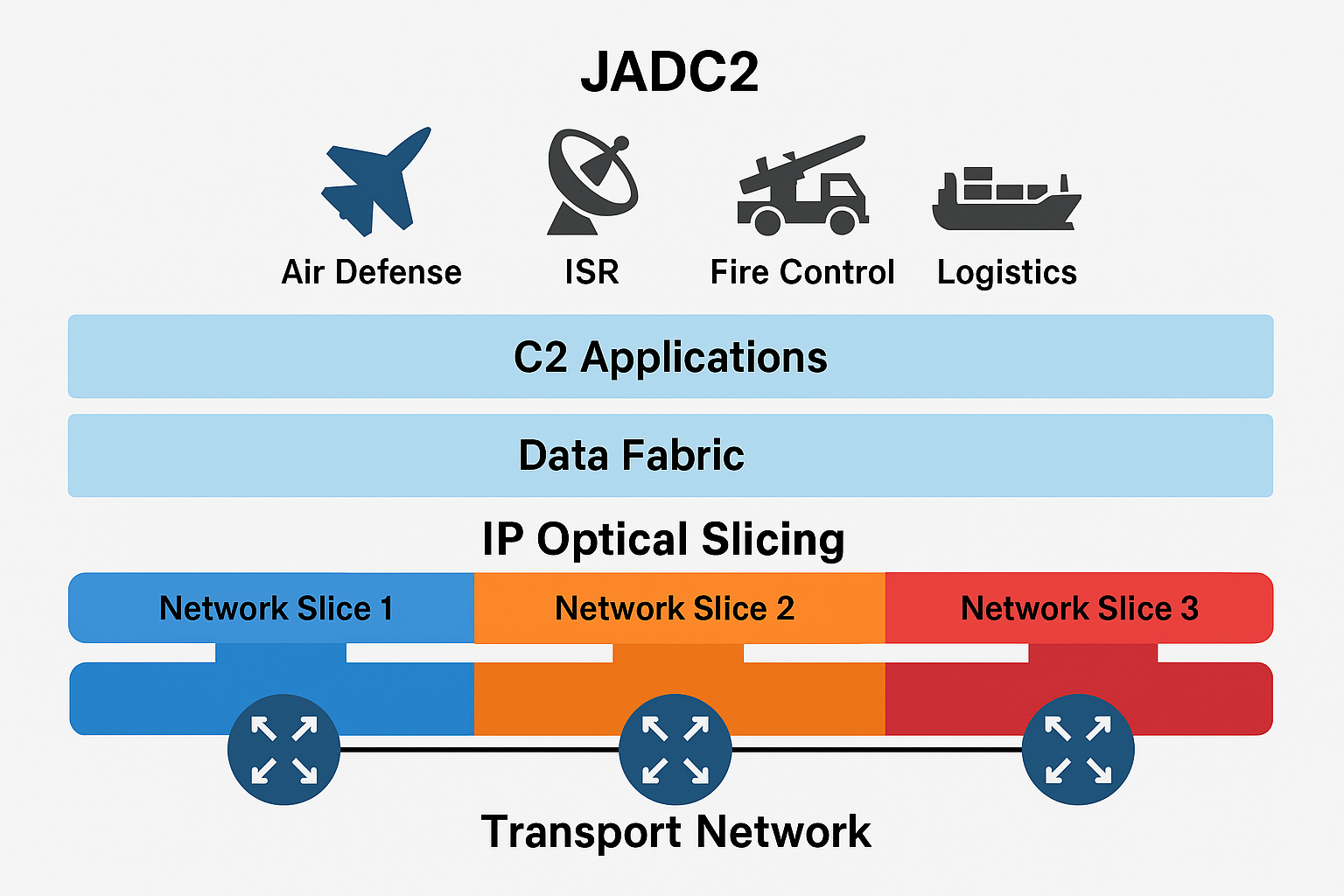
The above image depicts a simplified JADC2 stack, supported by an advanced networking solution based on Network Slicing.
- Cloud Computing offers a centralized yet distributed architecture, enabling the storage and processing of massive amounts of data. Benefit: Enables real-time data sharing across all services and domains.
- Artificial Intelligence (AI) and Machine Learning automate data analysis, threat detection, and decision-making. Benefit: Speeds up the “sense-make sense-act” cycle, allowing commanders to act inside an adversary’s decision loop.
- Edge Computing processes data closer to the battlefield, at the tactical edge. Benefit: Reduces latency and ensures continuity when cloud connectivity is degraded.
- Data Fusion and Interoperability Tools integrate data from multiple sensors and platforms into a common operational picture. Benefit: Enables joint and coalition forces to operate seamlessly.
- Autonomous Systems and IoT include UAVs and smart sensors. Benefit: Expands sensing and engagement capabilities without increasing human risk.
DISA, the Defense Information Systems Agency, plays a crucial role in JADC2, serving as a foundation and enabler. JADC2 systems rely on the underlying transport, hosting, and infrastructure provided by DISA. This guarantees a secure, resilient, and interoperable foundation for C2 systems to operate on. This encompasses modernizing networks, migrating to cloud environments, and implementing zero-trust architecture to ensure secure access.
.
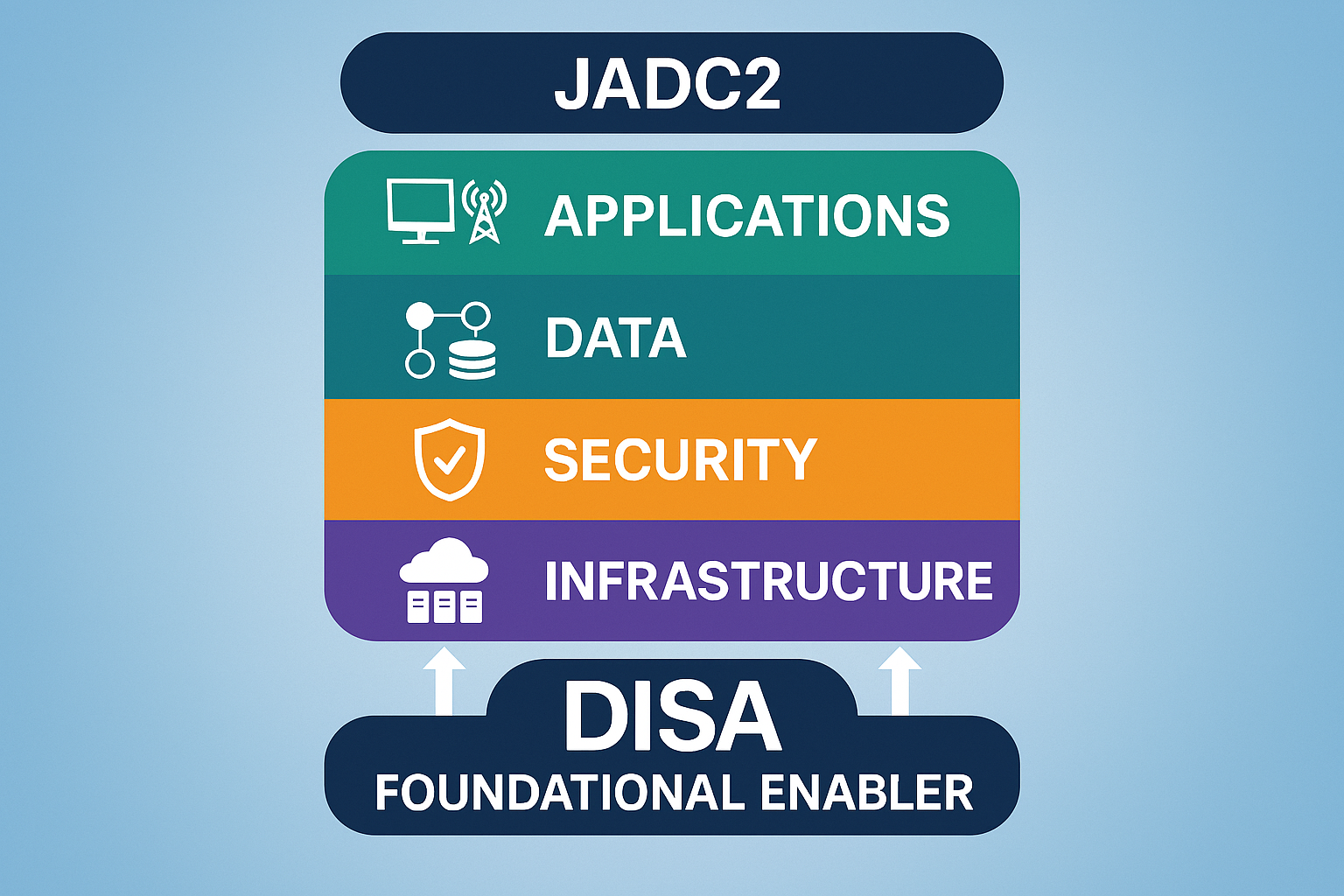
As experts in Network Migration and Transformation, Ribbon Communications was selected in October 2024 as the technology provider for DISA’s Soft Switch Backbone (SSBB), to provide global, secure, and resilient mission critical voice communications between all branches and agencies of the US Department of Defense.
The underlying IP Optical Defense Networks must also meet JADC2 requirements. Mission-critical communications and data flows require a robust backbone. Different data types have to be transported flawlessly, and guaranteed to meet the required service level. One way of achieving this is Network Slicing, which enables tailored communication across diverse operational domains, by creating multiple virtual, isolated network instances, on the same physical network.
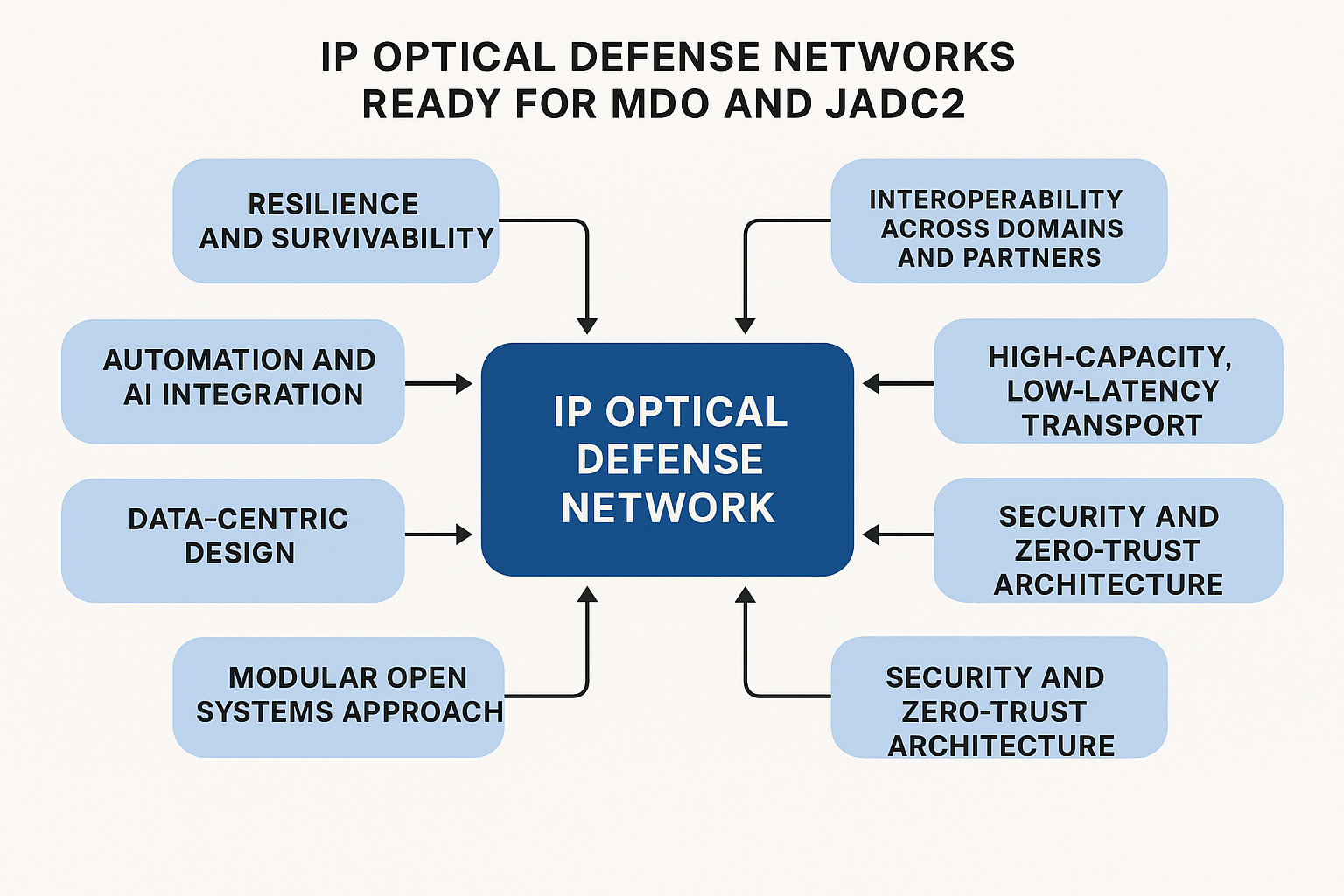
What does it look like in practice? Consider, for example, the impact of running a network slice for voice services:
- The deterministic performance of a dedicated network slice guarantees quality of service.
- The slice ensures clear, real-time communication by strictly enforcing quality policies that guarantee defined latency, jitter, and packet loss.
The voice traffic is isolated from data congestion and remains unaffected by spikes in other traffic.
Connected legacy phones and PABXs can be migrated seamlessly by using Circuit Emulation (CES), with no need to replace all legacy PABXs and phones immediately, offering a gradual migration path to IP-based unified communications. CES allows traditional TDM-based voice systems to coexist with modern IP/MPLS or IP-Optical networks. Quality of service is assured: CES over MPLS/MPLS-TP ensures deterministic performance for voice traffic, enabling carrier-grade reliability.
The Way Forward
As communication network requirements continue to grow, so do the threats and the methods to counter them. Building new networks and upgrading legacy ones demands both experience and the right solutions. Conducting network capability assessment against MDO/JADC2 requirements is a good start, allowing for identification of gaps in resilience, interoperability, and security.
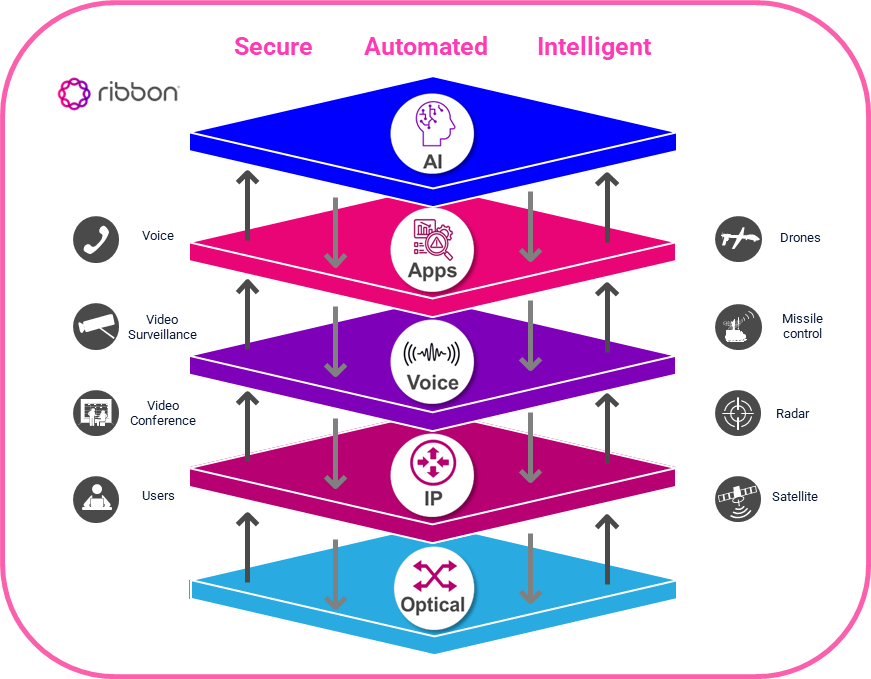
Ribbon Communications is a proven leader in providing seamless transitions to more effective networking, offering hardened, intelligent solutions that meet the military’s requirements in today’s digital environment.
Learn more about how Ribbon Communications can help your agency prepare for JADC2 operations.
Read the full article here






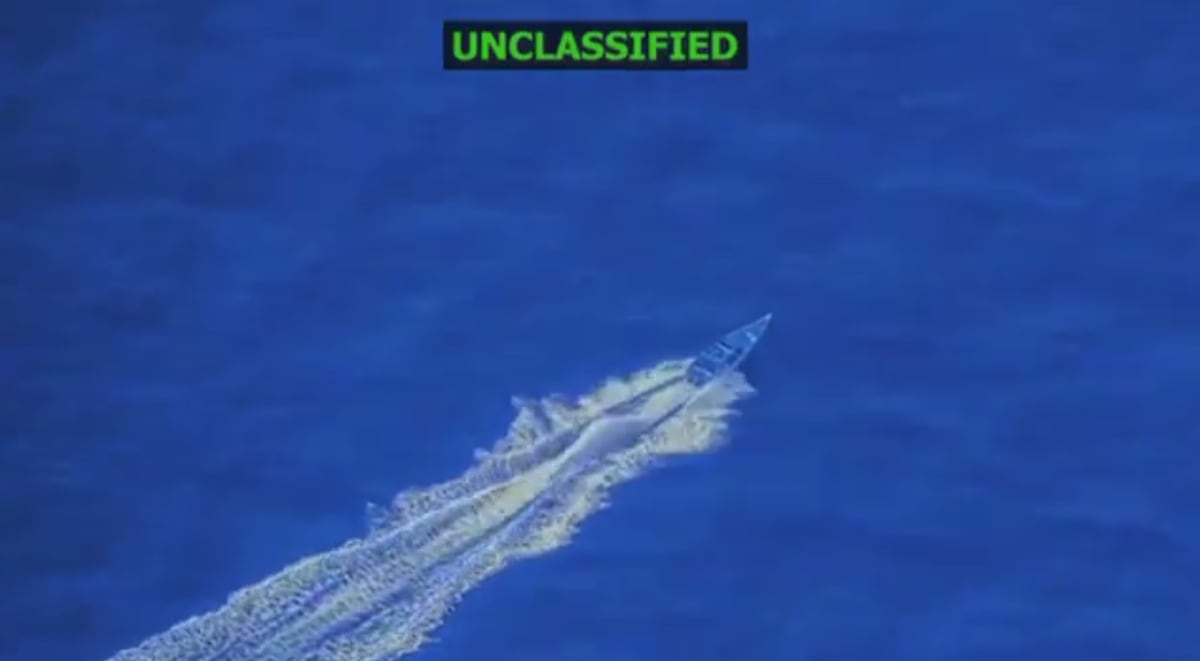

Leave a Reply